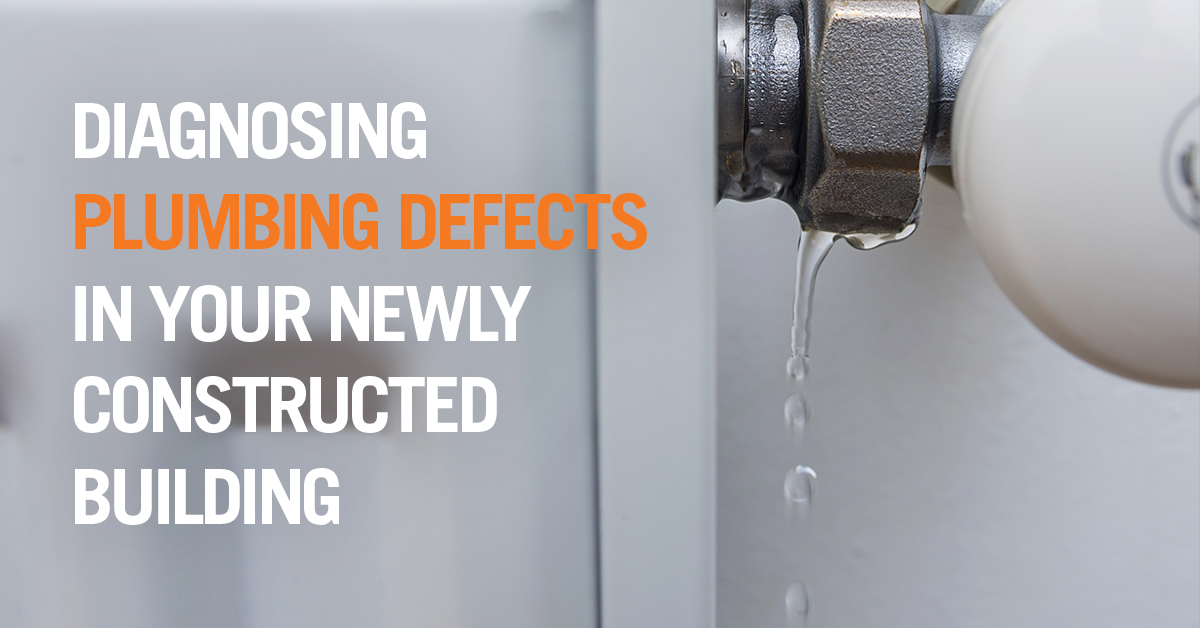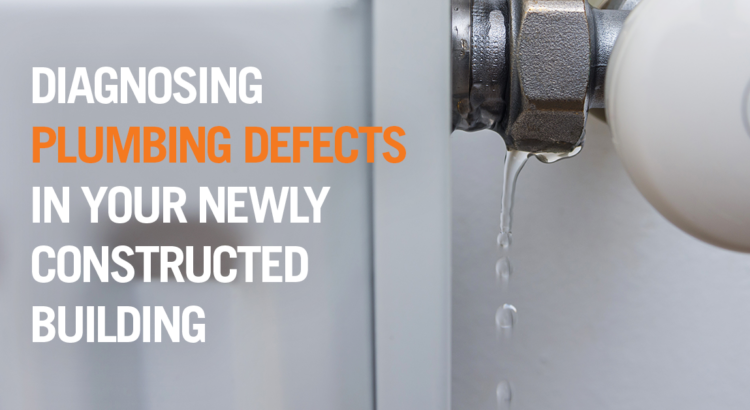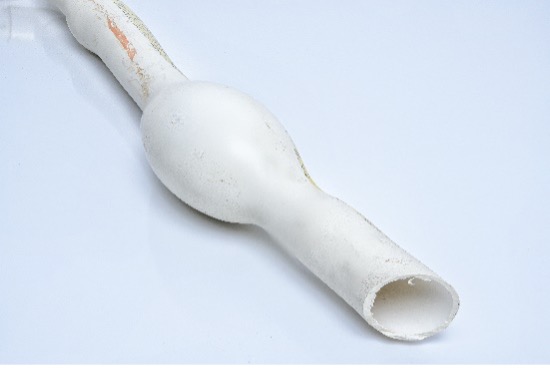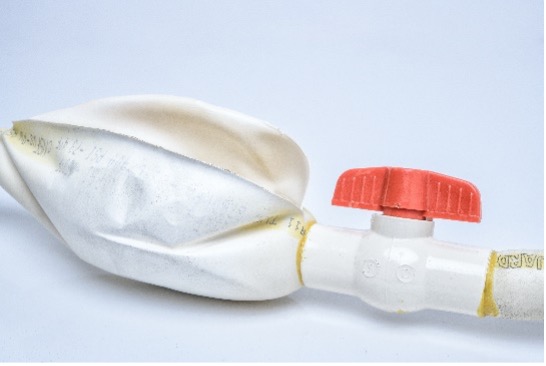
It’s a terrible feeling for every property owner and manager. Your brand new condo or apartment community has finally opened. The finishes are beautiful, the paint is perfect. But then, a spot emerges on a unit’s pristine new wall. There’s moisture seeping through.
Your maintenance team cuts the drywall and finds a bad plumbing joint. They fix it and patch the wall. You hope it’s a one-time plumbing mistake made during construction. Then it happens in another unit. And another. You realize you have a serious systemic issue on your hands. But what are you to do? Who is to blame? And how do you get it fixed?
Generally, problems like this in newer properties fall into one of three categories: Construction Defects, Design Defects, or Manufacturing Defects. Determining the root cause of your potential defect will help you determine who is responsible for repairs and where you can go to seek a warranty claim.
So, before you can find a solution, you need to conduct an investigation.
Types of Defects and How to Investigate Them
To understand what potential defects are affecting the piping system in your property, start with a forensic engineer. They will come to your site, assess the situation, take samples, analyze them in a lab, look at how the building was designed and engineered, and report back on a probable cause.
They may find any of the following scenarios:
- Construction defects, which occur when the contractor doesn’t install a product properly. A contractor may make this mistake only once in a project or their installation process could be flawed, causing issues to show up repeatedly throughout a property. Construction defects also occur when contractors cut corners by using a different or cheaper product than was specified in the design documents.
- Design defects, which happen when the architect or engineer specifies the wrong product for a certain situation. They might specify undersized or oversized materials or incompatible materials. They might select materials that aren’t designed for a specific condition. In these cases, the contractor installs the product properly, but it wasn’t the right product for its intended use.
- Manufacturing defects, which occur when the manufacturer of the product makes a mistake when fabricating it. The product fails despite being installed properly and for its intended use. Typically, an investigator must conduct significant lab work to examine the chemical composition, structural integrity, and other aspects of the product manufacturing process that caused the product to fail.
Seeking Recourse
Once you identify the nature of the defect and the party or parties involved, you can move toward a solution. Depending on what the forensic engineer’s investigation turns up, you will know whom to contact first: the contractor who installed the product, the designer who specified the product, or the manufacturer who made the product.
Your other options can include:
- Legal counsel. Getting an attorney on the case—especially if no one owns up to the mistake—can move things in your favor. Likewise, you or your attorney could conduct research to see if others have had similar problems. This can help determine if a class action case is warranted.
- Insurance settlement. Defect cases rarely go to litigation since they are usually settled by insurance companies before they get that far. Contacting your own insurance company for advice can be helpful.
- Warranties. Both the manufacturer and the installer should have provided warranties for their products and workmanship. Exercising a warranty claim can help remedy your situation.
Of course, it can take a long time to sort out your solution, and pipe leaks and failures won’t wait. So come up with an action plan—perhaps in consultation with your lawyer—for how to deal with ongoing problems while various parties investigate, verify, and negotiate. And be sure your action plan includes communication with your residents or homeowners.
It can be stressful and frustrating to learn that your newly constructed community may be dealing with defects. In the end, acknowledging that you have a problem, documenting the facts, and communicating about it openly are the first steps toward finding a fix.
We’d love to hear from you.
Thanks for reading our blog! Contact us any time with questions about Simply Smarter Pipe Replacement for multifamily apartment and condominium communities.




